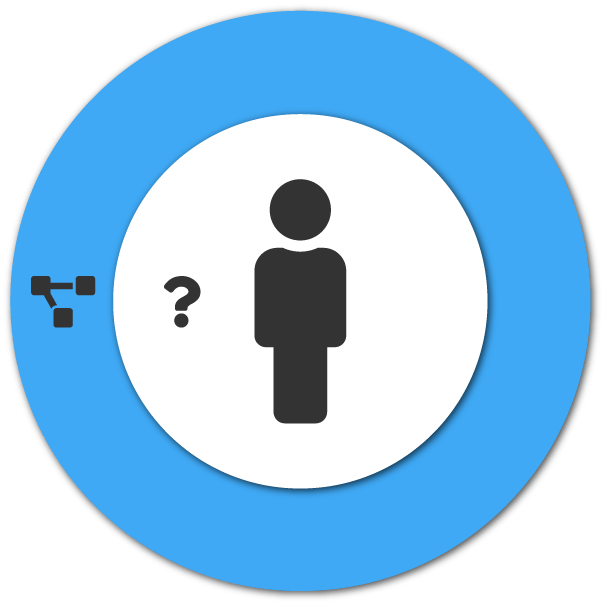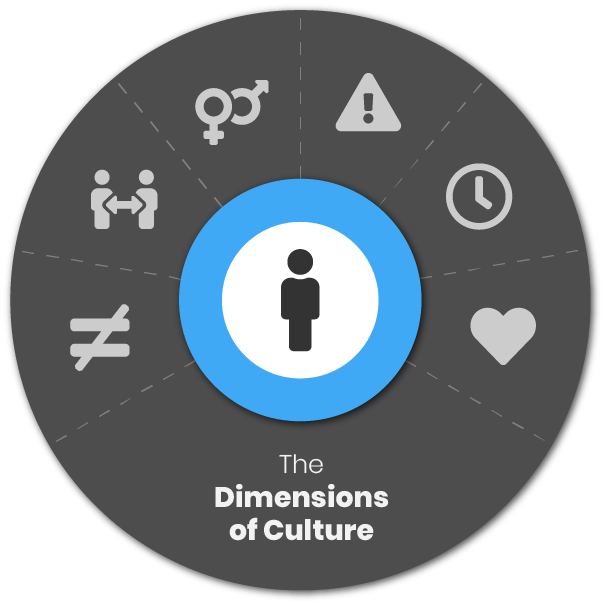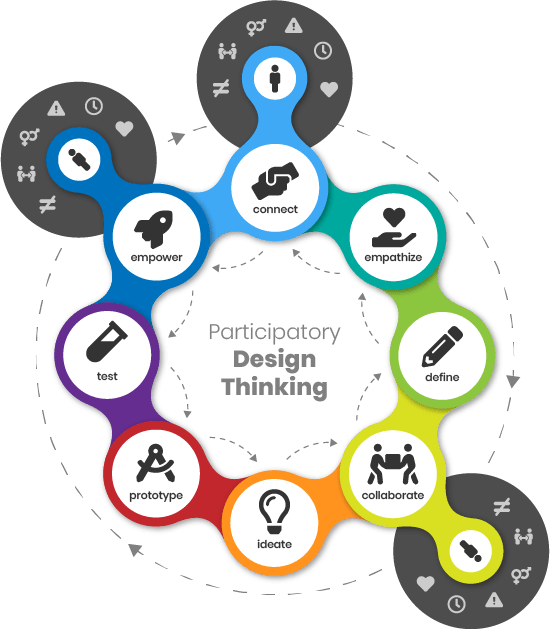The Social Design Workflow
The Social Design Toolkit offers a new design workflow that combines methods from Cultural Anthropology, Design Thinking, Participatory Design, User Experience Design, and Cultural Dimensions Theory. However, instead of investing itself too heavily in any of these, this workflow attempts to liberate its methods by providing opportunities for these disciplines to overlap.
The following steps will walk you through this process (click each step to view in detail):
Phase 1 | Identification
Step 1 | Identify the Problem
Try to figure out who has a need, what that need is, and why you should solve it.
Step 2 | Identify the Constraints
Placing the project within constraints will help you define the scope of what is plausible.
Step 3 | Identify the Stakeholders
Identify the stakeholders affected by the project.

Phase 2 | Preconception
Step 4 | Check your Biases
Begin by looking over Hofstede’s dimensions of culture and, for each of these, list 3-4 assumptions you have about stakeholder values.
Step 5 | Assumption Personas
Next, take one of your assumptions from each of these dimensions and group them together into a persona.

Phase 3 | Realization
Step 6 | Participatory Design Thinking
The Participatory Design Thinking model is a hybridization of Participatory Design methods with the Design Thinking workflow.
Step 7 | Reflect
At the end of your project, you should revisit the assumptions you made in Phase 2 and reflect on where you were right, where you were wrong, what methods were successful, and what you might do differently next time.

Download offline diagrams:





